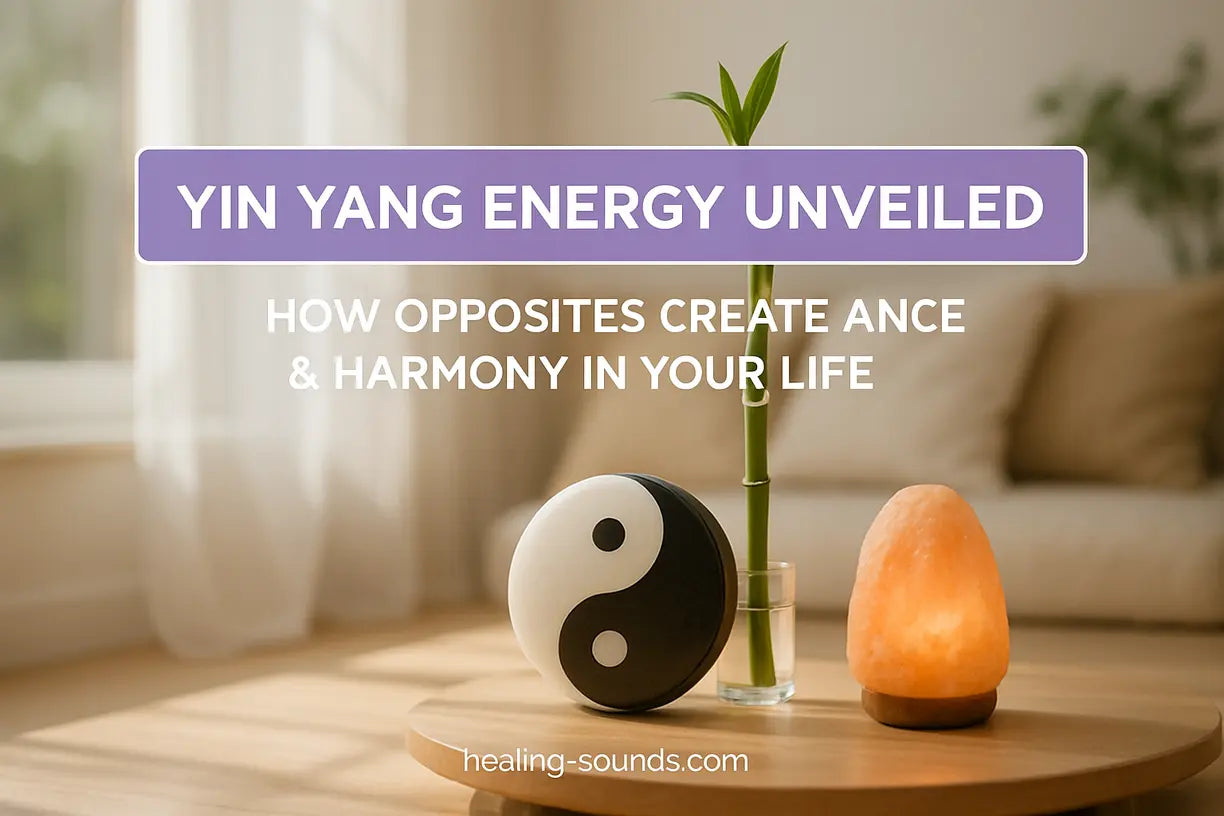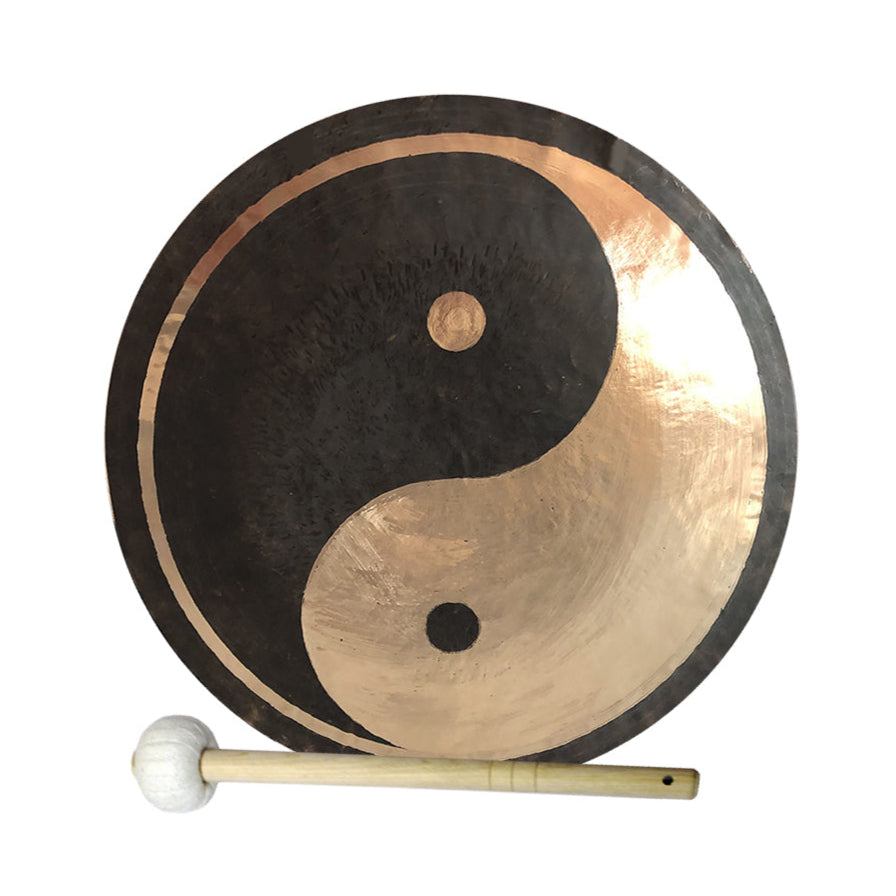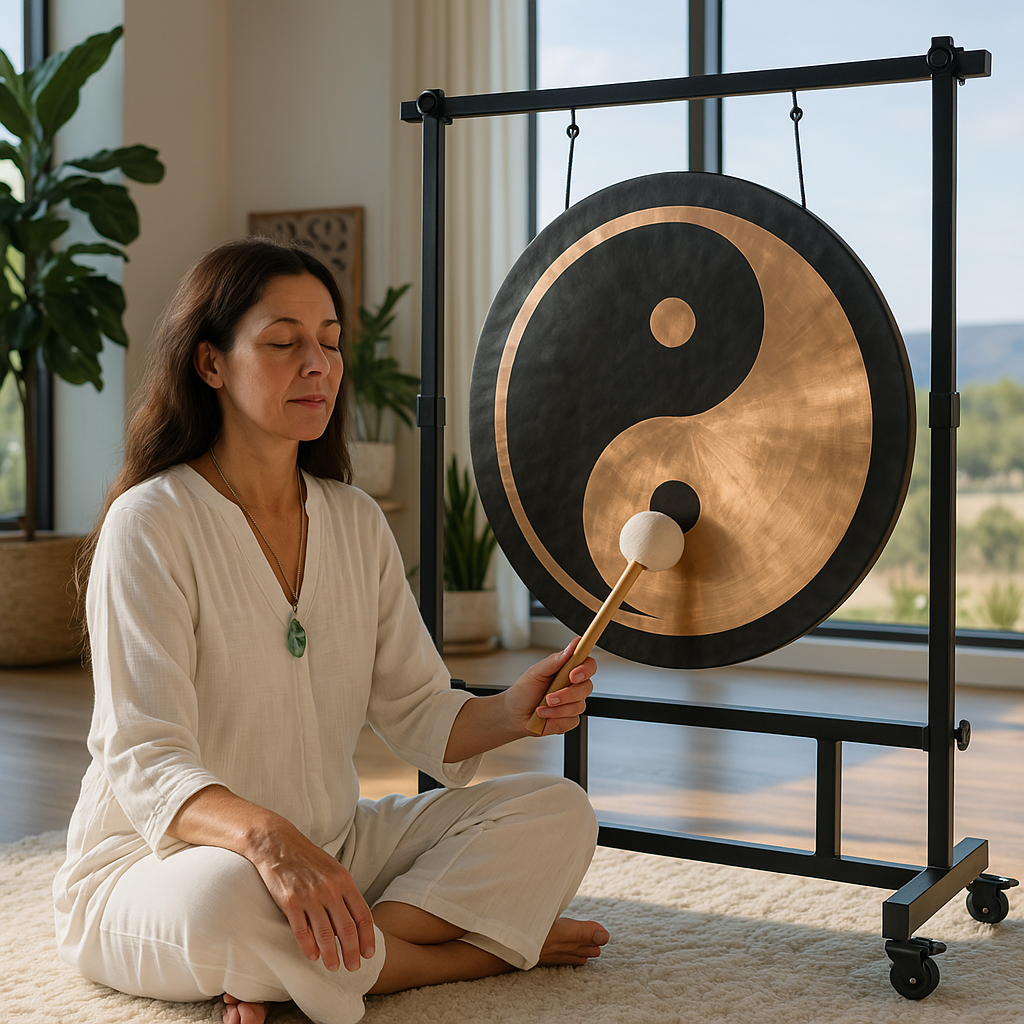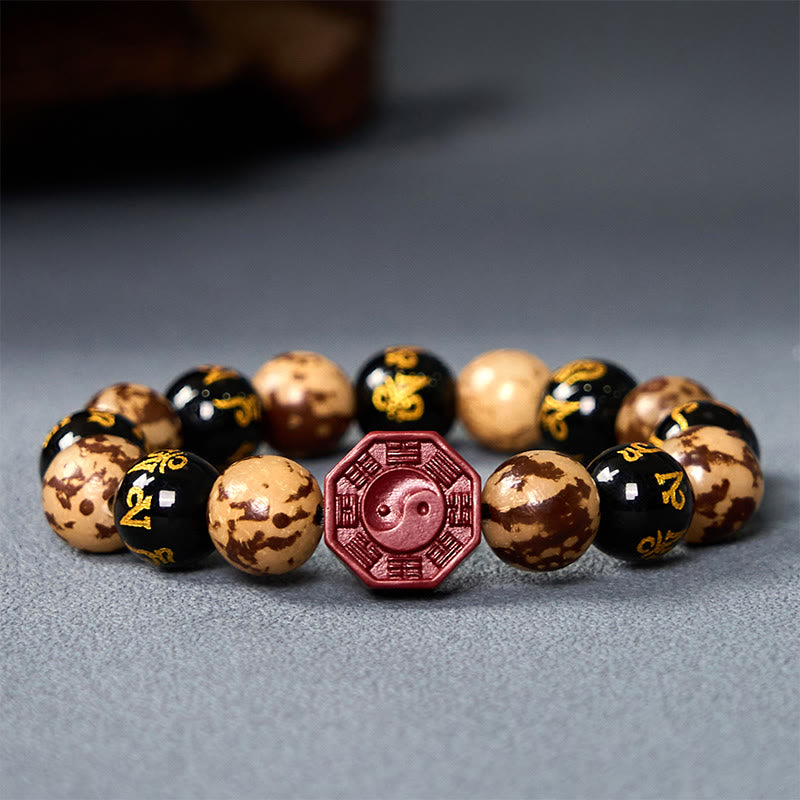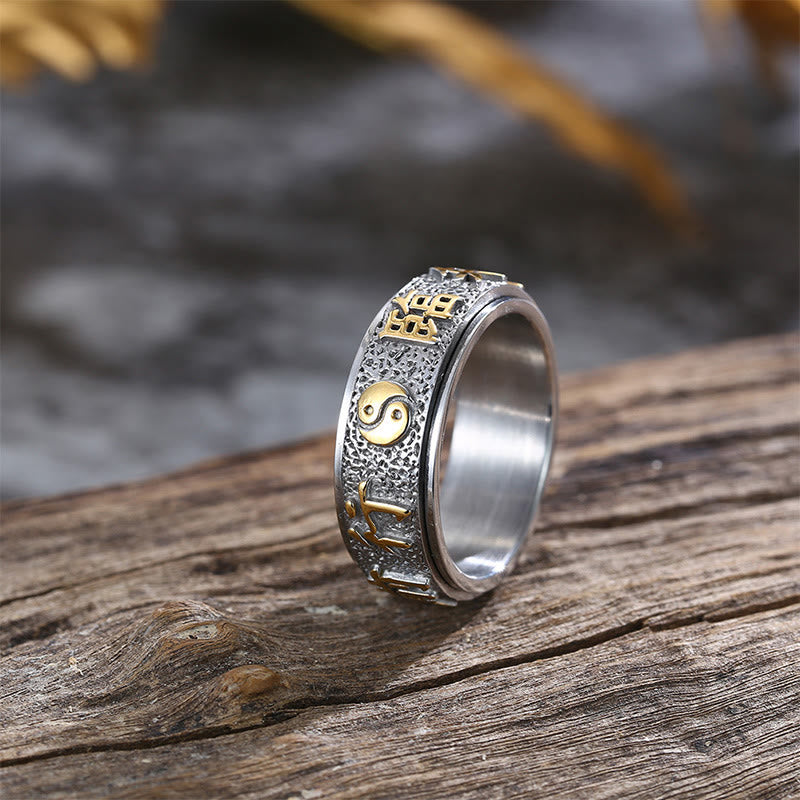In the constant hum of modern life, many of us seek a sense of equilibrium—a feeling of harmony amidst the chaos. We instinctively understand that life is a series of ebbs and flows, but what if there was a timeless concept that could help us navigate this dance? Enter yin yang energy, the ancient philosophical principle that describes the interconnectedness of seemingly opposite forces. This is not just a symbol, but a profound map to understanding the very fabric of our existence, from the cosmos down to the intricate workings of our own bodies and minds.
Understanding the flow of these complementary forces is the first step toward achieving greater balance, peace, and resilience. In this guide, we will explore the deep meaning of yin yang energy, how to recognize its presence in your daily life, and practical ways to cultivate a more harmonious state of being. By embracing this wisdom, you can unlock a more intuitive and balanced approach to wellness, relationships, and personal growth.

What is Yin Yang Energy? The Dance of Duality
At its core, yin yang energy is the concept that the universe is governed by a dynamic interplay of two fundamental, complementary, and interconnected energies. It’s a common misconception to view them as opposing forces locked in a struggle. Instead, think of them as partners in a perpetual dance—one cannot exist without the other, and together they create a complete and harmonious whole. This principle originates from ancient Chinese philosophy, particularly Taoism, and serves as a foundational element in traditional Chinese medicine, martial arts, and spiritual practices.
A simple way to grasp the concept is to look at natural cycles. Night (Yin) gives way to day (Yang), and day flows back into night. An inhale (Yin) is followed by an exhale (Yang). These are not battles, but seamless transitions that sustain life. As the World History Encyclopedia explains, this concept illustrates that seemingly contrary forces are actually interdependent. The yin yang symbol itself, with its black and white halves nestled together, perfectly captures this relationship, with a dot of the opposite color in each swirl, signifying that within each force lies the seed of the other.
The Core Principles of Yin and Yang
To truly harness the wisdom of yin and yang, it's essential to understand its three core principles. These rules govern how the energies interact and create the balanced, yet ever-changing, world we experience.

1. Opposition and Complementarity
Yin and Yang are relative opposites, defined by their relationship to each other. For example, cold (Yin) is the opposite of hot (Yang), and darkness (Yin) is the opposite of light (Yang). However, they are not absolute. They are complementary because their opposition creates a complete spectrum. Without cold, the concept of "hot" would have no meaning. They define each other and create a balanced whole through their contrast.
2. Interdependence
This principle states that one energy cannot exist without the other. They are fundamentally inseparable. Just as there can be no shadow without light, there can be no rest without activity, and no passive state without an active one. This mutual reliance is a reminder that we need all aspects of life—the quiet moments and the busy ones—to be complete.
3. Dynamic Balance and Transformation
Yin and Yang are in a constant state of flux. They continuously transform into one another to maintain overall balance. The peak of summer (maximum Yang) contains the seeds of autumn and winter (the growth of Yin). A period of intense work (Yang) naturally leads to a need for rest (Yin). This dynamic equilibrium ensures that life is never static. The goal isn't to eliminate one energy in favor of the other, but to support their natural, fluid transition.
Recognizing Yin and Yang Energy in Your Daily Life
Once you understand the principles, you'll start seeing yin and yang everywhere. Recognizing which energy is dominant in a situation, activity, or even your own mood can be a powerful tool for self-awareness and achieving balance.
Key Energy Characteristics:
- Yin Energy: Feminine, passive, intuitive, receptive, dark, cold, moist, quiet, inward, descending.
- Yang Energy: Masculine, active, logical, creative, light, hot, dry, loud, outward, ascending.
Yin and Yang Energy in the Body and Personality
In our bodies, yin and yang energy manifests in our physiological functions and temperament. The body's structure, fluids, and ability to calm down are associated with Yin. Its functions, heat, and ability to be active are associated with Yang. A person with a Yin energy personality might be more introverted, thoughtful, and calm, while a Yang personality might be more extroverted, assertive, and energetic. Most of us are a unique blend of both, and our balance can shift depending on circumstances, health, and time of life.
Examples in Daily Activities
Think about your day. Waking up and starting your morning routine is a Yang activity—it's about action and outward energy. In contrast, winding down in the evening with a book or gentle stretching is Yin—it's restorative and inward. A lively, loud party is full of Yang energy, while a quiet walk in nature is a Yin experience. Recognizing this can help you consciously choose activities that balance your current state. If you've had a stressful, high-energy (Yang) day, you might intentionally choose a calming, Yin activity in the evening to restore your equilibrium.
Finding Harmony: Practical Ways to Balance Your Yin and Yang
Achieving balance isn't a one-time fix but an ongoing practice of self-awareness and adjustment. It involves listening to your body, mind, and spirit and responding with practices that nurture the energy you need most. By developing mindfulness, as discussed in resources from the National Center for Complementary and Integrative Health, you can better attune to these subtle energetic shifts.
If you feel scattered, anxious, or overworked (excess Yang), you can cultivate Yin by:
- Practicing gentle yoga, stretching, or tai chi.
- Spending time in nature, especially near water.
- Engaging in quiet hobbies like reading, painting, or listening to calming music.
- Practicing mindfulness or meditation.
If you feel lethargic, unmotivated, or stuck (excess Yin), you can build Yang by:
- Engaging in vigorous exercise like running, dancing, or cycling.
- Trying something new and stepping out of your comfort zone.
- Socializing with friends and engaging in stimulating conversations.
- Eating warming foods and spices.
Sound healing is another powerful tool for aligning your energies. The resonant frequencies of a gong can help clear energetic blockages and restore a sense of harmony. A Yin Yang Gong, for instance, is specifically designed to work with these complementary forces.
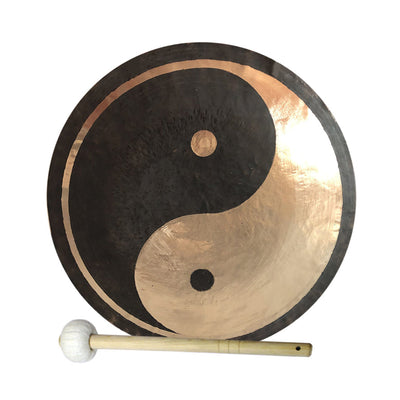
12 to 48 Inch Yin Yang Gong for Sound Bath Practices
$369.99 $479.99
Amplify yin yang energy flows in meditation or sound healing with this beautifully crafted Chinese Yin Yang Gong.
Explore ProductSymbolic Tools to Carry Your Intention
Beyond active practices, surrounding yourself with symbolic reminders can help maintain your focus on balance throughout the day. These tools act as anchors, bringing your awareness back to the present moment and your intention to live in harmony. Items that feature the yin yang symbol can be particularly potent, serving as a constant visual cue of the complementary energies you are cultivating.

Wearing a piece of jewelry or keeping a special object on your desk can be a simple yet effective way to integrate this philosophy into your life. Each time you see or touch it, you are reminded of the dance between your own yin and yang forces and the importance of nurturing both.
Enhance Your Balance with These Symbolic Tools
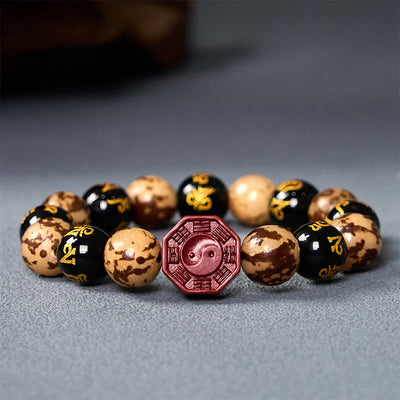
Bodhi Seed Om Mani Padme Hum Cinnabar Calm Bracelet
$24.90
$35.90
Wear this bracelet featuring the yin yang symbol to attract balance, harmony, and calming spiritual protection daily. Learn more ➔
Spin this yin yang mantra ring as a mindful reminder of harmony and unity between opposing energies every day. Learn more ➔
Conclusion: Embrace the Flow of Life
Yin yang energy is more than just a philosophical idea; it is a practical guide to living a more balanced and authentic life. By understanding that light and dark, action and rest, and sound and silence are all integral parts of a greater whole, we can stop resisting life's natural currents and learn to flow with them. Embracing both your yin and yang sides allows for profound self-acceptance and resilience.
We encourage you to observe the dance of these complementary forces in your own life. Notice when you need to cultivate more stillness and when you need to embrace more action. By doing so, you tap into an ancient wisdom that fosters harmony within yourself and with the world around you. Explore tools and practices that resonate with your journey, and empower yourself to live a life of beautiful, dynamic balance.
Frequently Asked Questions about Yin Yang Energy
Yin and yang energy is the belief that the universe is composed of two fundamental, complementary, and interconnected forces. Yin represents passive, feminine, dark, and receptive energy, while Yang represents active, masculine, light, and creative energy. They are not opposites in conflict but partners that create a balanced whole.
Spiritually, yin-yang represents the universal principle of harmony and balance. It teaches that wholeness comes from embracing duality—the light and shadow within ourselves and the world. It encourages a path of non-resistance, accepting that both quiet contemplation (Yin) and active engagement (Yang) are essential for spiritual growth and enlightenment.
While everyone possesses both yin and yang energy, Yin is traditionally associated with feminine qualities. For a woman, embracing Yin energy involves nurturing her intuition, creativity, compassion, and ability to be receptive. It's the energy of being, rather than doing, and connects to the restorative power of rest and introspection. However, a balanced woman also harnesses Yang energy for assertiveness and action.
A person with a dominant Yin energy personality tends to be calm, introverted, thoughtful, and intuitive. They are often good listeners, empathetic, and prefer quiet, stable environments. They draw strength from solitude and reflection. It's important to remember that this is just one aspect of a person, who will also have Yang traits for balance.
Yin and yang apply to daily life in countless ways. The cycle of work (Yang) and rest (Yin), eating a meal (Yin) and exercising (Yang), or talking (Yang) and listening (Yin). Recognizing this flow helps you make conscious choices to create balance. For example, after a stressful, high-action day (Yang), you can choose a calming activity like meditation (Yin) to restore yourself.

